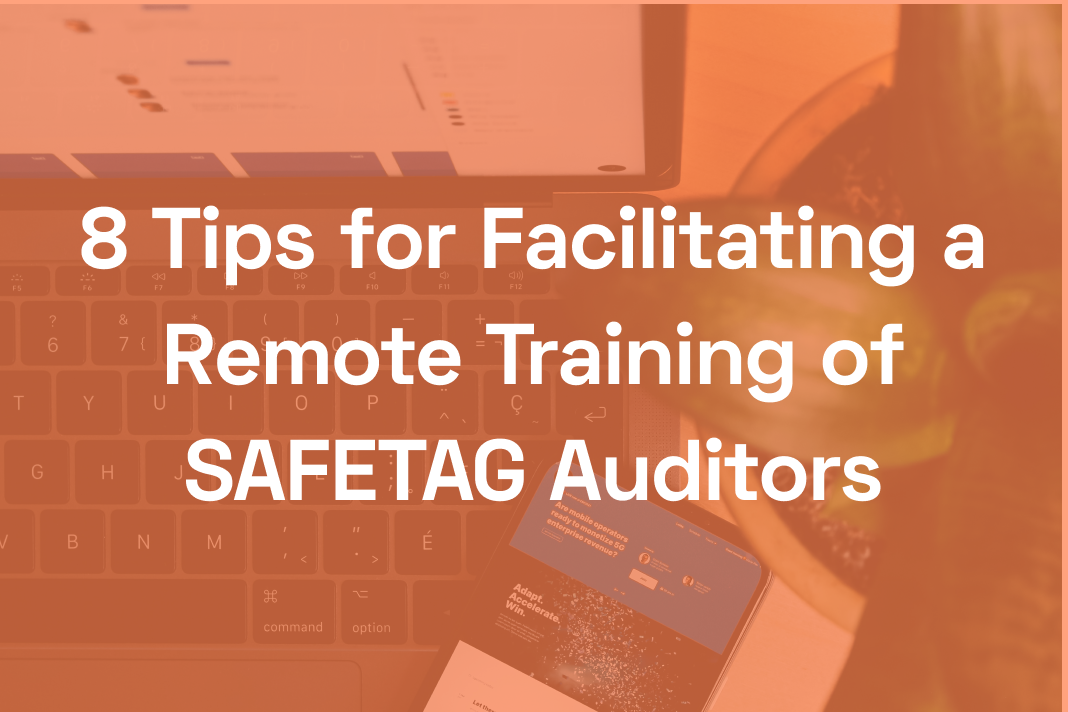
Over the last few months and as a direct result of the COVID-19 pandemic, the world has had to shift to a fully-remote workflow. Organizational security audits and trainings for new SAFETAG auditors are no exception. Thankfully, a few Internews partners have already implemented remote trainings, and have shared some lessons learned and resources.
Lessons learned from implementing a fully virtual Training of SAFETAG Auditors:
-
Provide multiple methods of engagement for participants. In addition to live sessions for the training, assign homework, related podcasts, or asynchronous work that can be completed by participants on their own time. This helps keep participants engaged and allows for more flexibility in their schedules.
-
Keep the live sessions short (2-3 hours), and spread them over the course of a few weeks. Keeping live sessions short, in combination with multiple methods of engagement, will allow participants to maintain engagement without losing focus. Shorter sessions also make it easier for individuals to participate fully as they are able to balance their time and focus on other competing tasks or priorities for the remainder of the day.
-
Introduce participants to the platform you will be using for the training. Prior to the training (or as one of the first training sessions), show participants how you will be using the platform, and allow time for them to become more familiar with using it.
-
Choose a platform that allows participants to access materials and sessions all in one place. For example, one partner used Google Classroom for a 10-day training.This platform allowed participants to see the curricula, complete the homework assignments, listen to podcasts, and join the live sessions all in one place. This makes the experience more organized and it is easier for participants to follow.
-
When possible, record live sessions and allow participants to access. You will likely have some participants with poor internet connection which may prevent them from being able to join the live sessions. By giving participants access to recorded sessions, they will be able to catch up on any missed sessions and continue to participate in the training without falling behind.
-
Allow participants to access training materials and resources even after the training ends. Participants have noted that it is useful to be able to continue accessing materials for reference after the training. It is also helpful to be able to reach out to trainers with questions or for any clarifications.
-
Create a group chat for quick updates and outreach during the training. Creating a group chat (on Signal or some other tool of your choosing) enables coordination between trainers and participants, and provides a space where trainers can reach everyone quickly with any announcements, questions, or changes.
-
Reminding participants to read through materials, ask questions, and attempt the assignments is key. Not all participants will complete the assignments and attend every session. Remote trainings will often mean that participants are working from their homes, with additional distractions and competing priorities. Reminders can go a long way to increase participation.